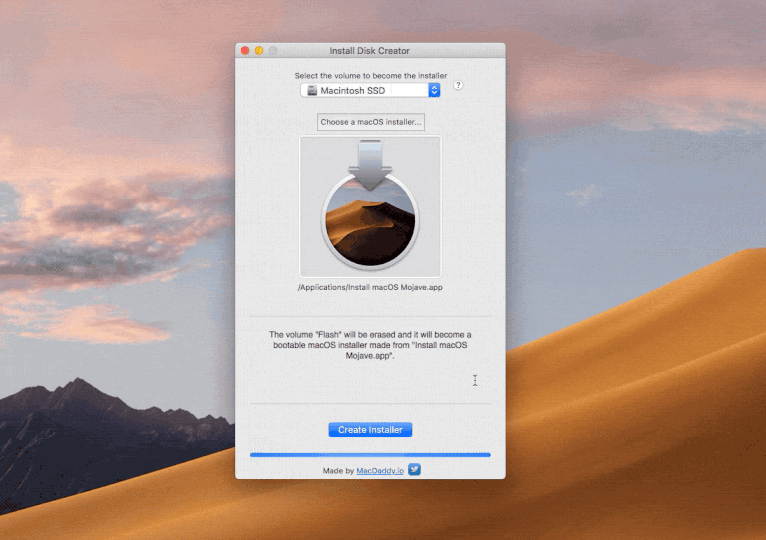Schlemmer Catcher Mac OS
Schlemmer Catcher Mac OS
- Cloud CatcherTM Software. Technical Support. SanDisk Knowledgebase. Contact SanDisk.
- Whether I click the Don't Reopen or the Reopen button, QuickBooks 2012 won't open. (Needless to say, I will not install OSX 10.11.1 on my MacBook Air until this problem is fixed.) Intuit has for sale QuickBooks for a Mac 2016. One would think that software with that name would work with the latest Mac OS.
- The Schlemmer companies, members of the DELFINGEN group, are global technology experts, which have focused on the development and production of highly specialised plastic and metal solutions. Building on 60 years of experience in cable protection, the companies have become one of the leading and most comprehensive value added providers.
Casady & Greene has released Spell Catcher X for Mac OS X after a year-long development period in which the long-time Mac utility was rewritten from the ground up as a native Mac OS X application.
The new version sports such enhancements as Service architecture, Input Method, a redesigned Check Selection window, integration of all nine Spell Catcher X languages into the standard Mac OS Spelling Panel, and more. It has US and foreign language dictionaries and instant thesaurus lookup, as well as global writing support for most Mac OS X apps. The new Check Selection window lets you view the entire document, see all errors, make corrections in any order, add to learned words and shorthand glossary, and more — all in one window.
Registered users of Spell Catcher for Mac and Windows can upgrade to Spell Catcher X for US$19.95 through March 31. After this the upgrade price will be $29.95; for new users, Spell Catcher X costs $39.95. The product is available as an electronic download or you can wait for the the physical product, which will ship in two weeks.
Conflict Catcher is a discontinued utility software application that was written by Jeff Robbin and published by Casady & Greene for classic Mac OS.It aided Macintosh users in solving operating system conflicts with extensions and control panels (see Extension conflict). For more information about these gestures, choose Apple menu System Preferences, then click Trackpad. You can turn a gesture off, change the type of gesture, and learn which gestures work with your Mac. Trackpad gestures require a Magic Trackpad or built-in Multi-Touch trackpad.
The Control Strip is a user interface component introduced in the 'classic' System 7 Macintosh operating system. It currently exists as part of the Touch Bar interface in macOS.

History[edit]
The Control Strip was initially released in 1994 with the PowerBook 500 series of notebook computers and the PowerBook Duo 280subnotebook computers, at that point shipping with System 7.1. Later on it was made available to desktop and portable Macintosh computers, beginning with System 7.5.3.
Apple removed Control Strip in 2001 as a consequence of its move to Mac OS X. Apple initially attempted to integrate the Control Strip’s features into the Dock. After this was found to be too clumsy, most of its features were again duplicated in the menu extras of 10.1.
An attempt was made at an open source reimplementation of the Control Strip for OS X, but it never received much developer traction and the last release is dated 27 October 2000.[1]
Apple revived the Control Strip as a component of its Touch Bar in October 2016. By default, the rightmost portion of the Touch Bar displays a subset of system controls previously available on the keyboard's function keys. When Control Strip is expanded the full set of system controls is displayed.[1]
Features[edit]
Somewhat like the system trays of other operating systems, the Control Strip allowed easy access to status information about and control of simple tasks such as screen resolution, AppleTalk activity, battery status etc. Each task appears as a button-like popup menu called a module, these modules are managed in the Finder as individual module files, which have their own folder in the System Folder ('Control Strip Modules') and are executed alongside the Control Strip as it starts up or can be dragged directly onto the strip while it is running.
The Control Strip always anchors itself to the closest vertical screen edge (left or right,) but can be freely moved up and down both sides of any display by the user. It defaults to the lower left corner of the primary display on fresh systems.
Schlemmer Catcher Mac Os 11

Users can choose whether to turn the Control Strip on and off and even set a hot key to hide and reveal it using its control panel. Two buttons at either end allow the Strip to be collapsed and expanded (with the one opposite the screen edge also allowing the strip to be resized when dragged), while two more buttons just inside those allow one to scroll through a very full Strip. Holding down the option key while clicking turns the cursor into a distinctive hand shape that allows one to drag the Strip around the screen, rearrange modules within the Strip and drag modules out.
Extensibility[edit]
Schlemmer Catcher Mac Os Catalina
Control Strip modules were also available from many third parties. For example, Conflict Catcher included a Control Strip module to switch extension sets, while DAVE used one to toggle SMB/NetBIOS networking. Some novelty modules even consisted of calculators, calendars and games. Like the System Trays of other OSs, this was often abused to insert a flotsam module that merely launched and quit a given application.
References[edit]
- ^'macOS Human Interface Guidelines: About the Touch Bar'. developer.apple.com. Retrieved 2016-10-28.
See also[edit]
External links[edit]
- Control Strip Outlet at the Wayback Machine (archive index)
- Final Update at the Wayback Machine (archived September 23, 2001)
Schlemmer Catcher Mac OS
